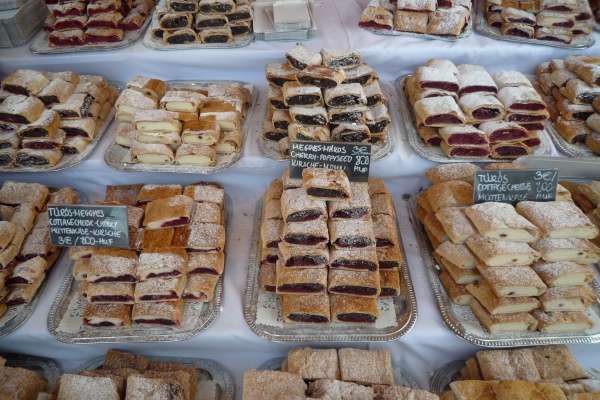Facts About Strudel
Strudel is a delectable layered pastry filled with sweet or savory ingredients, with origins tracing back to the 18th century within the Habsburg Empire. Although it remains a cherished component of Austrian cuisine, strudel has also garnered admiration throughout Central Europe. The oldest known strudel recipes, dating from 1696, were discovered in a handwritten cookbook in Vienna. The name "strudel" is derived from the German word for "whirlpool" or "eddy" aptly describing its spiral shape.
Among its most popular varieties are apple and quark (a type of soft cheese) strudels, but the diversity of fillings extends far beyond these. Strudels can be found filled with cherries, nuts, apricots, plums, poppy seeds, and raisins. There are even savory versions featuring fillings such as spinach, cabbage, potato, pumpkin, sauerkraut, or meat.
Traditional strudel pastry is distinctive—it’s unlike puff pastry. It is highly elastic, made from high-gluten flour, water, oil, and salt, with no added sugar. The dough is hand-stretched until it is exceedingly thin, filled with delightful ingredients, then meticulously rolled up and baked to perfection.
In the case of apple strudels, the choice of apples is crucial. The apples should be firm to semi-firm and possess a pleasing tartness that withstands the baking process. Popular varieties include Belle de Boskoop, Granny Smith, and Jonagold.
Strudel has evolved significantly over the centuries, transforming into a beloved dessert and savory dish enjoyed around the globe.

 Serbia
Serbia